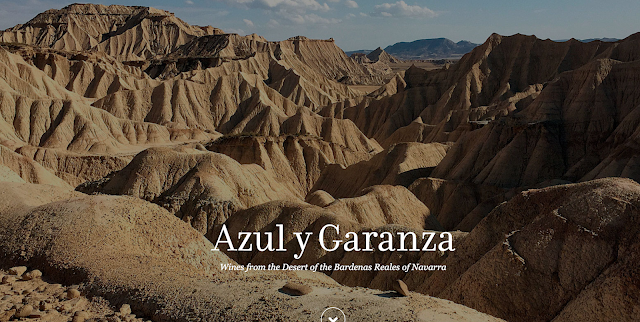Festival Food & Drink Favourites #3
Bodegas Robles Vermouth VRMT, Recetta Andalusi, 15%,
€28.00 (1 litre) Mary Pawle Wines Available also from URRU in Bandon and there may still be some in Toons Bridge in Dublin.
A Sensational Vermouth That Has Been A Long Time In The Making.
Based on sherry wines that are aged eight years in oak barrels and enhanced by aromas and memories of the Andalusi cuisine (from Al-Andalus period, 8th to 15th centuries), this Vermouth is superb.
Thanks to Bodegas Robles and Michelin Star Chef Paco Morales who have recovered “the tradition of vermouth macerated by time and the work of our winemaking team who enjoy researching their own path and creating new sensation”.
Its balance between sweet, bitter and acid allows a prolonged presence on the palate. The clove and cinnamon are the main spices responsible for the warm Andalusian aroma characteristic of this vermouth. This is a must try and one of our favourites over the festive season. It is imported by Mary Pawle Wines and comes in a 1L size bottle.
The base of VRMT Robles is organic Oloroso wine that has aged for eight years in oak barrels. A light touch of Pedro Ximénez wine displays a wide range of aromas of quince jelly and honey tones. The intriguing “solera” system mixes very old wines with younger wines thus mothering the young wines. A unique experience of maturity and freshness.
Bodegas Robles’ vineyards have the air of a wildly romantic garden, overrun by a layer of lavender, poppies, clover and wild plants, buzzing with bees and other insects. VRMT Robles is macerated with ten of these aromatic plants in an attempt to translate a real sense of our terroir into the vermouth
The study of Andalusi spices has been fundamental, following the indications of an anonymous manuscript of the thirteenth century: “The knowledge of the use of spices is the main basis of the cuisine, because they are the foundation of cooking and it is built on that basis.” The clove and cinnamon are the main responsible for the warm Andalusi aroma characteristic of our vermouth.
Pairings recommended by the producers are:
A good pairing for nuts, fruits such as orange or lemon, a cheese and raspberry cake., Any sea food and all kinds of fish: tuna, cod, salmon, anchovies., It's perfect with sweet flavours, especially those with more sweet and dark flavor. Olives, cheeses, ham, sausages, smoked meats, mussels, clams.
Very versatile, as you can see. But enjoy it too as an aperitif, 40ml or so over ice, is a lovely introduction before sipping it neat with any of the above. I also found it makes a superb Negroni with the usual suspects Gin and Campari, each accounting for a third of the drink. Still experimenting - just as well it comes in a one litre bottle!

















